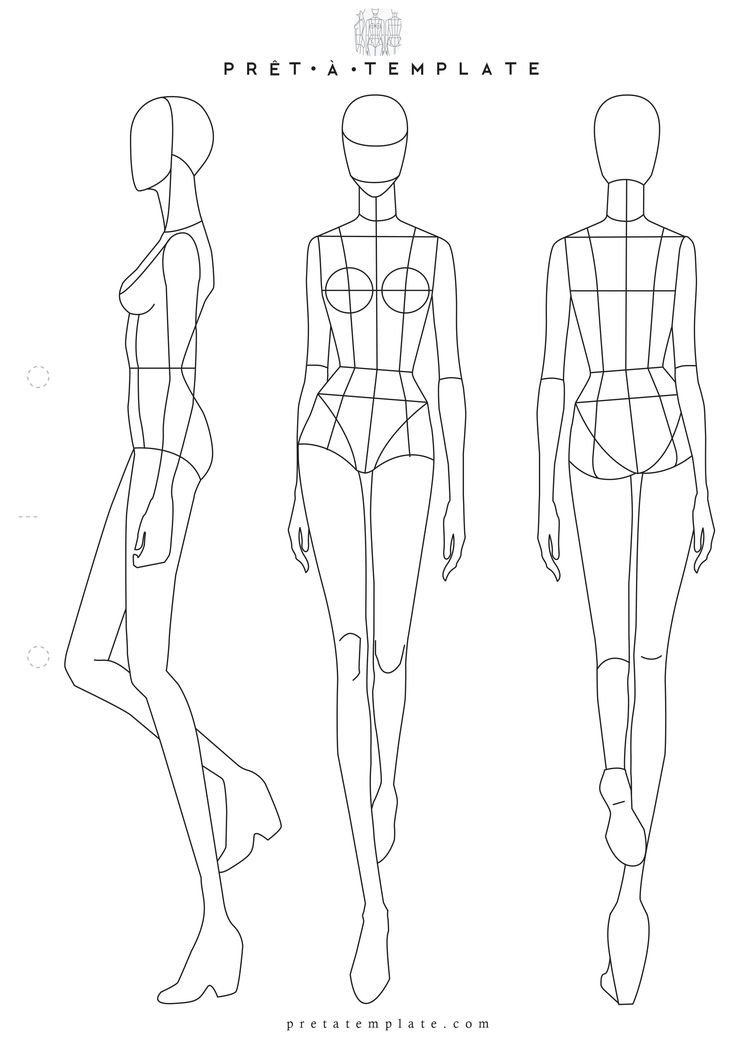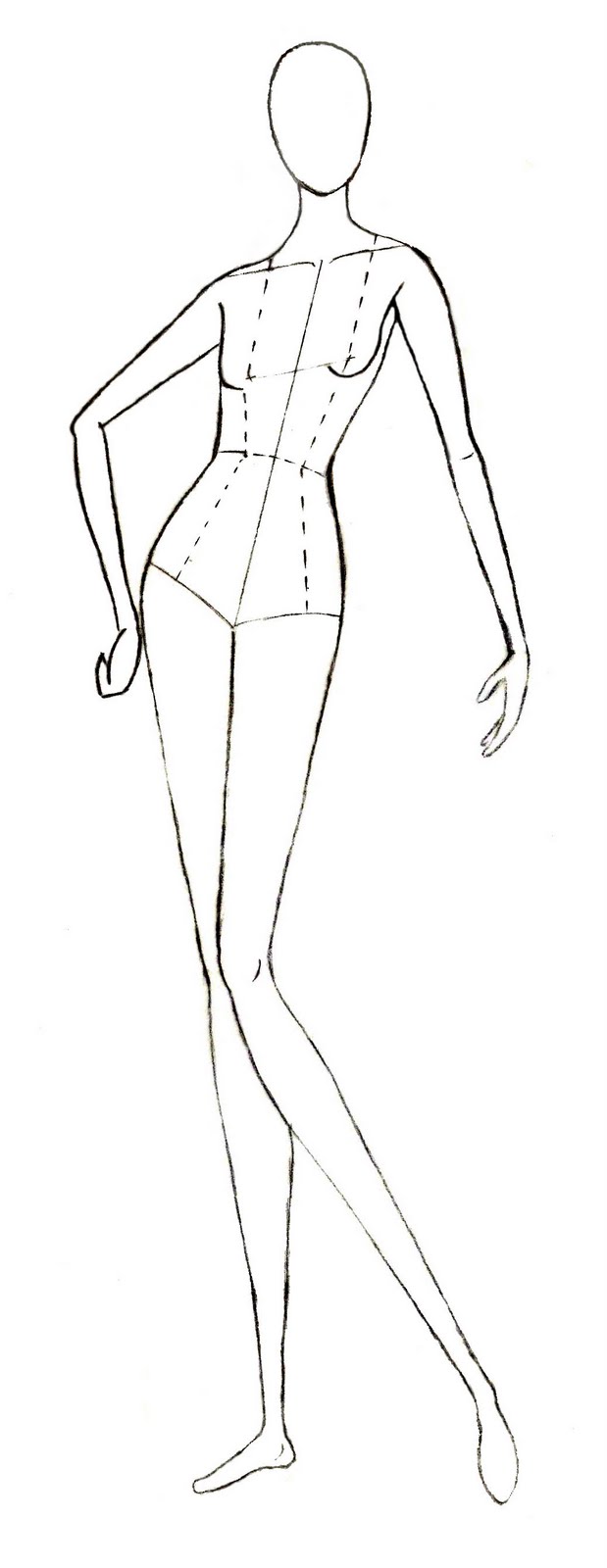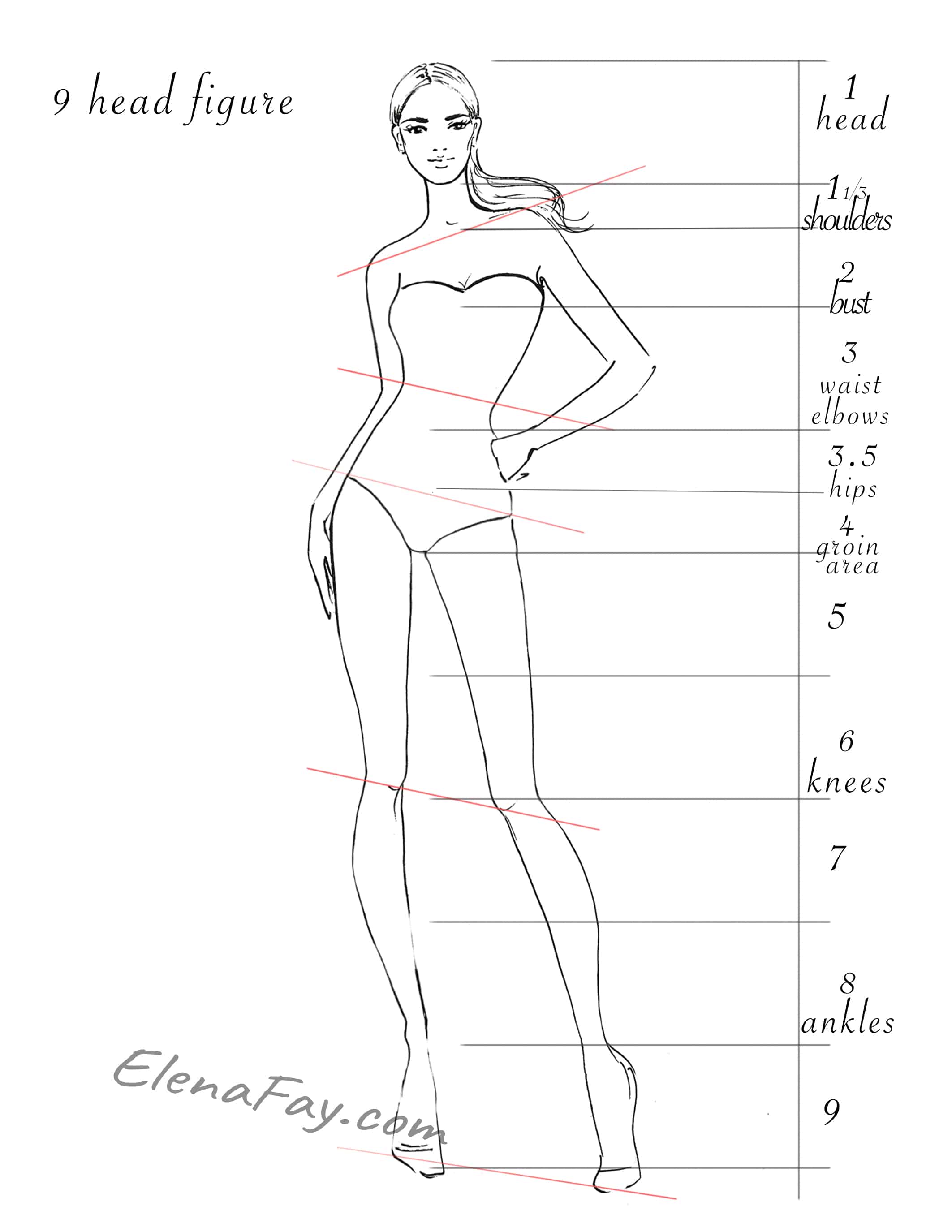
In the world of fashion design, a sketch is the initial step towards bringing your creative ideas to life. It serves as a visual representation of your vision and a blueprint for your design process. One crucial aspect of fashion sketching is the depiction of the human body, as it helps in accurately showcasing how the garments will fit and drape. This article will delve into the importance of fashion body sketches and provide insights into how they can enhance your design process.
Understanding the Significance of Fashion Body Sketches

Fashion body sketches serve as a foundation for creating garments that flatter and fit the human body. By accurately portraying the body's proportions, designers can visualize the final look and make necessary modifications before moving on to the actual construction. These sketches act as a communication tool between designers, patternmakers, and manufacturers, ensuring everyone is on the same page regarding the design intent.
In addition to their practical applications, fashion body sketches also possess an artistic value. They allow designers to portray their unique style and creativity, giving life to their ideas on paper. These sketches can serve as a portfolio to showcase a designer's skills and aesthetics to potential clients, fashion houses, or employers.
Creating Fashion Body Sketches

The process of creating fashion body sketches involves combining technical accuracy with artistic flair. Here are some key steps to help you create compelling fashion body sketches:
1. Reference and Research

Before starting a sketch, gather references such as fashion magazines, runway images, and online resources. Studying various body types, poses, and fashion styles will broaden your understanding and inspire your sketching process.
2. Proportions and Poses

Begin with basic body proportions, such as the eight-head method, which divides the body into eight equal sections. Experiment with different poses to bring dynamism and character to your sketches. Remember to consider the garments' functionality and how they interact with the body.
3. Outlining and Details

Start with a light outline of the body shape using simple shapes and lines. Gradually refine the outline and add details like facial features, hair, and accessories. Use shading and hatching techniques to create depth and dimension.
4. Experiment with Mediums

Explore various mediums to find the one that suits your style best. Traditional options include pencils, markers, and watercolors, while digital tools offer a range of possibilities. Experiment and find the medium that allows you to express your creativity effortlessly.
Benefits of Incorporating Fashion Body Sketches in Your Design Process

Integrating fashion body sketches into your design process can have several advantages:
1. Visualization and Communication

Sketches allow you to visualize your design ideas, making it easier to communicate and share your vision with others involved in the process. Whether you're discussing concepts with clients or collaborating with manufacturers, sketches serve as a common language.
2. Iteration and Modification

Sketches provide a platform for experimentation and modification. You can quickly try out different design variations, make adjustments to proportions, or refine details without investing significant time and resources in physical prototypes.
3. Design Consistency

By incorporating fashion body sketches in your design process, you can maintain consistency throughout your collection. Sketches act as a visual reference, ensuring that all the garments within your collection adhere to your desired aesthetic and design principles.
Conclusion
Fashion body sketches are an indispensable tool for fashion designers worldwide. They not only provide a visual representation of design ideas but also aid in communication, iteration, and maintaining design consistency. By investing time and effort into mastering the art of fashion body sketching, designers can elevate their creative process and bring their fashion visions to life.